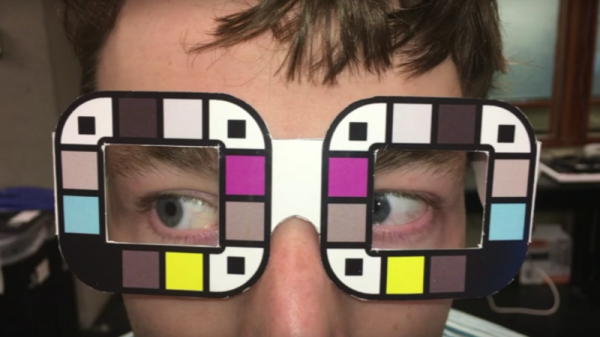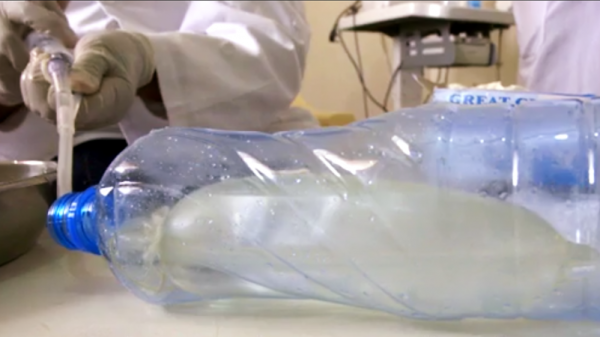While DNA is a reasonably good storage medium, it’s not particularly fast, cheap, or convenient to read and write to.
What if living cells could simplify that by recording useful data into their own DNA for later analysis? At Harvard Medical School, scientists are working towards this goal by using CRISPR to encode and retrieve a short video in bacterial cells.
CRISPR is part of the immune system of many bacteria, and works by storing sequences of viral DNA in a specific location to identify and eliminate viral infections. As a tool for genetic engineering, it’s cheaper and has fewer drawbacks than previous techniques.
Besides generating living rickrolls and DMCA violations, what is this good for? Cheap, self-replicating sensors. [Seth Shipman], part of the team of scientists at Harvard, explains in an interview below a number of possible applications. His focus is engineering cells to act as a noninvasive data acquisition tool to study neurobiology, for example by using engineered neurons to record their developmental history.
It’s possible to see how this technique can be used more broadly and outside an academic context. Presently, biosensors generally use electric or fluorescent transducers to relay a detection event. By recording data over time in the DNA of living cells, biosensors could become much cheaper and contain intrinsic datalogging. Possible applications could include long-term metabolite (e.g. glucose) monitors, chemical detectors, and quality control.
It’s worth noting that this technique is only at the proof of concept stage. Data was recorded and retrieved manually by the scientists into the bacterial genome with 90% accuracy, demonstrating that if cells can be engineered to record data themselves, accuracy and capacity are high enough for practical applications.
That being said, if anyone is working on a MEncoder or ffmpeg command line option for this, let us know in the comments.
Continue reading “Movie Encoded In DNA Is The First Step Toward Datalogging With Living Cells” →





















